Premium Only Content
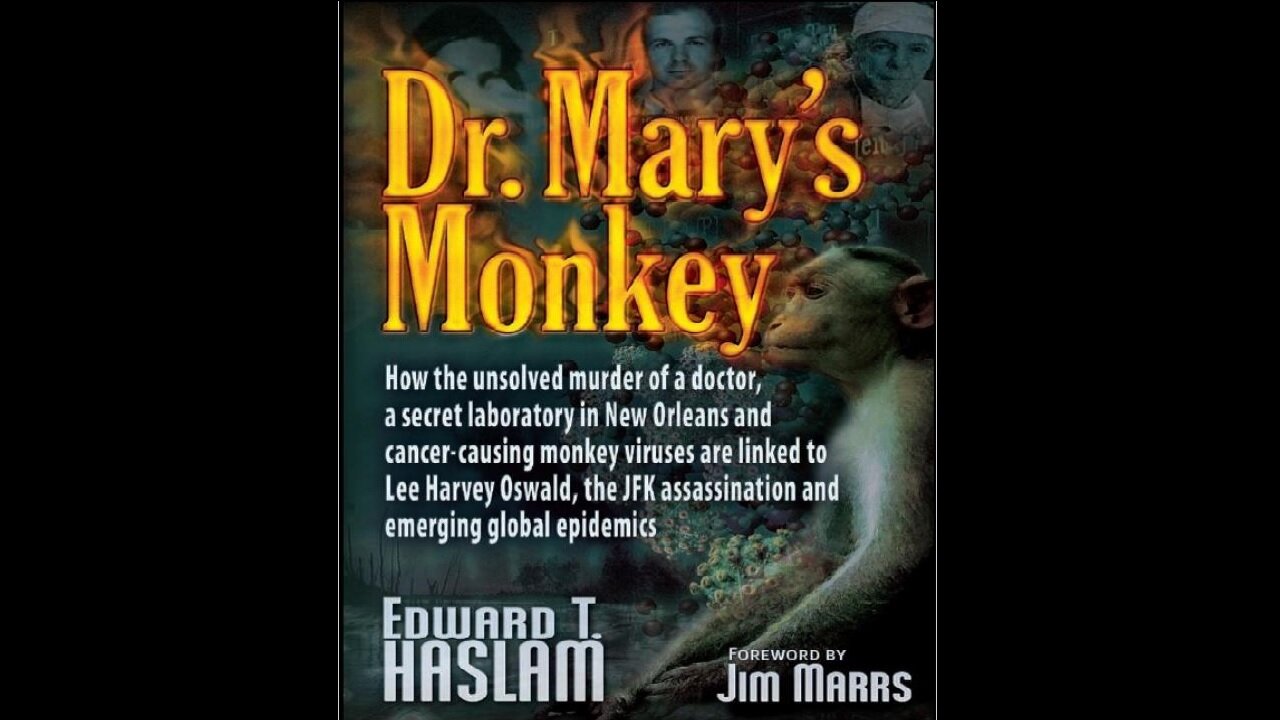
Dr. Mary's Monkey 🎧 AUDIOBOOK: Link to JFK's Assassination - The Disclosed Library ~ By Edward T Haslam (2007)
How the Unsolved Murder of a Doctor, a Secret Laboratory in New Orleans and Cancer-Causing Monkey Viruses Are Linked to Lee Harvey Oswald, the JFK Assassination, and Emerging Global Epidemics
-------
READ ALONG BOOK, FREE DOWNLOAD:
'THIS BOOK is a cold-case investigation into the 1964 murder of Dr. Mary Sherman in New Orleans — a murder which remains unsolved and is remembered as one of the most mysterious ever committed in a city that has known so much mystery and so many murders. But there is more to this story than murder and mystery.
Understanding the death of this one woman unravels much of our nation’s secret history. It illuminates the darkness. It connects great medical disasters of our time to important political events of the day. It unveils the contamination of hundreds of millions of doses of the polio vaccine with dozens of monkey viruses. It spotlights the epidemic of soft tissue cancers that swept our country. And it exposes dangerous secret experiments which used radiation to mutate cancer-causing monkey viruses. It connects leaders of American medicine to the accused assassin of the President of the United States. This one murder helps us understand why we have been lied to with such conviction for so many years — and why those lies are likely to continue.
But this is not a murder mystery: fascinating perhaps, but hardly entertainment. For me, writing this book was difficult, stressful and dangerous. What began as an investigation into this single murder morphed into consideration of epidemics which killed millions of people and which cost billions of dollars. It became an investigation into an underground medical laboratory that was accidentally discovered during an investigation into the JFK assassination — a laboratory which secretly irradiated cancer-causing monkey viruses to develop a biological weapon.
This story seems to have followed me throughout my life, and its recurring pattern is eerie indeed. Had I realized its importance, I would have paid closer attention. What I do remember are fragments that I pieced together later in life: a name here, an incident there, pieces of a puzzle often separated by years of unrelated distractions. I even remember sitting on Mary Sherman’s lap once as a child. She and my father worked together at Tulane Medical School in New Orleans. They had taken a British doctor out to dinner and then to our family’s home for an after-dinner drink.
When she died in the summer of 1964, I saw my father cry for the first time. As a Navy doctor during World War II, my father had seen more than his share of burned and broken bodies. Someone (I don’t know who) had asked him to go to the morgue to look at Mary Sherman’s body to get a second opinion on her unusual death. He came home from the morgue that day, fixed himself a drink, sat down in his chair, and cried silently. I wondered what was wrong. My mother told me that a woman he knew from the office had died. It was only later that I learned it was Mary Sherman.
Seeing my father cry was memorable for me — a once in a lifetime experience. Having spent his career amputating limbs and standing in an Emergency Room making life-or-death decisions about people pulled from mangled vehicles, he was not prone to show much emotion. I mention this incident here because it is important to our story. It is how I learned about the evidence that unraveled the mystery of Mary Sherman’s murder. My father told my mother, and my mother later told me: Mary Sherman’s right arm was missing.
This key fact in the case was never told to the press. Why not? Can you imagine the O.J. Simpson trial without “the glove”? Why was the press not told the most obvious fact in this case? Who was trying to protect whom? Were there powerful forces controlling the story from the beginning? If so, what did they not want us to know? And
why did they not want us to know it?
That same summer, I overheard my father complain bitterly when he learned about certain activities going on at the U.S. Public Health Service Hospital. His anger and frustration seemed out of character for this deep-keeled man. I remember his words: “We fought wars to keep people from doing things like this.”
IN THE SUMMER OF 1964 my father learned something about what had been going on at the USPHS hospital. I do not recall if this was before or after Mary Sherman’s death, but it was around that time. He was particularly insulted by the idea that it was taking
place on the grounds of the U.S. Public Health Service Hospital, a facility that was supposed to protect the American public from deadly diseases. When he vented his frustration to my mother, she reminded him that there was probably nothing he could do about it “at this point.” His response: “It just that I gave up so much to keep stuff like this from happening.” I have always understood this comment to be about leaving the Navy and ending his admiral-track career. Despite this high price, he remained dedicated to the idea of medical ethics, a commitment he acquired from his father — a bio-chemist, veterinarian, and medical doctor who helped develop the first anthrax vaccine. Thus he was not only not a part of these secret radiation experiments, but was also disturbed to learn about them.
In the late 1960s, I heard about Mary Sherman’s connection to an underground medical laboratory run by a suspect in the murder of President Kennedy. I was told they were using monkey viruses to create cancer. The possibility of this being used as a biological weapon was clear. The dark specter of unleashing a designer virus on the world haunted me. I even offered a sarcastic comment at the time: “The good news is if there’s a bizarre global epidemic involving cancer and a monkey virus thirty years from now, at least we’ll know where it came from.”
IN 1971, during what might be described as a deathbed conversation, I confronted my father about Mary Sherman. He was getting ready to go to the hospital. For the first time in his life, he was going as a patient. His cancerous lung was scheduled to be surgically removed in the morning. We both knew that, due to his fragile health, he would probably not survive the surgery. We discussed it. We both realized that this would probably be the last conversation we would ever have with each other. He stoically gave me instructions about caring for my mother. I listened and pondered the strength of this quiet man who had seen so much death in his professional life. I studied the courage with which he faced his own.
When he finished, I acknowledged his requests and confirmed my willingness to carry out his instructions. Then I said that I had a few questions of my own. Questions that I would never be able to ask him again. Questions that I thought were important for him to answer, so that the truth would not die with him. I asked him to tell me about Mary Sherman and about all that spooky stuff that was going on at the U.S. Public Health Service Hospital. “Wasn’t she some kind of cancer expert?” I ventured.
He shook his head slowly from side to side, to let me know that he would not tell me.
I persisted. I wanted to know why he would not tell me. Solemnly he said, “There might be repercussions. I have to think about the family first. I have to protect them.”
“What if I figure it out myself?” I challenged.
“Pm hardly in a position to stop you," he said with the casual resignation of a man who never expected to see another football game. Then he collected his thoughts and, in a grave voice, he gave me this warning: “Ed, I need you to listen to me carefully. I will not be able to say this to you again. If you do figure out what happened down there and decide to tell the world what you found, I need you to realize that you will be crossing swords with the most powerful people in our country. And you should think twice before crossing them."
THE 1980S USHERED IN THE EPIDEMICS that I had feared in the 1960s. The mainstream scientific community stated that AIDS was caused by the unexplained mutation of a monkey virus. They estimated the date of the mutation to be around 1960. The logical question (who had been mutating monkey viruses around 1960) was not even asked in the press. And, yes, I was concerned about what I had heard in New Orleans. It all sounded so similar. Could there be à connection? And if there was, was there any point in speaking up about it? Trade places with me for a moment: If you were in my shoes, would you have?
I went to medical libraries and read scientific articles hoping to find facts that would make my fears unfounded. I was anxious to find a flaw in my own argument, which would enable me to walk away from a project that was starting to consume all of my free time. I did not find the flaw, but I did find something else.
As I poured over the official cancer statistics from the National Cancer Institute, I saw the dimensions of the massive epidemic of soft-tissue cancers that had swept our country. An epidemic that had been all but ignored by our watchdog press. An epidemic that could reasonably be explained by the cancer-causing monkey viruses that had contaminated the polio vaccine of my youth. Whatever I felt my options were prior to that moment, they suddenly narrowed.
I also noticed that names connected to the polio vaccine were names connected to Mary Sherman and to the investigation of the JFK assassination. I began to suspect that these secrets were somehow intertwined. A web of secrecy surrounding our national health. Interlocking secrets that protected each other. Secrets which presented serious
accountability problems for the people in power. I remembered the warning my father had given me. I could see how unwelcome this news would be in many circles.
IN THE 1990S I FOUND DOCUMENTATION and witnesses to support much of what I had heard as a child. My fears were now based in facts. I met highly-credentialed scientists who understood both the history and the science behind these events clearly, and they took my concerns seriously. Some quietly helped me find people who knew things that I needed to know. They helped me connect the dots.
Finally, I found evidence of the radioactive machine used to mutate the monkey viruses. I now had motive, opportunity and what detectives call propinquity (right people, right place, right time). I decided it was time to speak out — even if I did not have all the information in hand at the moment.
In July 1995 I self-published my story as Mary, Ferrie & the Monkey Virus: The Story of an Underground Medical Laboratory. I could only afford to print 1,000 copies, but I hoped that getting the story out might attract a publisher. After the first thousand books were gone, I could not afford a reprint. Still without a publisher, I switched tactics and started photocopying comb-bound manuscripts in batches of ten. This new technique enabled me to update the book with new information as I found it and kept me in print for years. A handful of orders trickled in each week. By the end of 1999, a second thousand books had been shipped. With copies in all fifty states and five foreign countries, I felt that “the cat” was now “out of the bag,” and I could finally go back to my advertising career and try to make a living — which I did in 2000.
It was at this exquisitely inconvenient moment that 60 Minutes, the CBS News TV show, contacted me. They were investigating a woman who said that she had been in the underground medical laboratory that I had written about in my book. That she knew Mary Sherman. That she had been trained to handle cancer-causing viruses. That she had been part of the effort to develop a biological weapon. That she knew Lee Harvey Oswald. Would I meet with them for an off-camera interview? I accepted.
By the time 60 Minutes interviewed me in November 2000, they had already interviewed their witness for hours. They got additional input from other researchers and journalists. Finally, they decided not to air her story.
Three years later, in November 2003, the History Channel aired a story about this Same underground medical laboratory. It mentioned Dr. Mary Sherman, David Ferrie, and Lee Oswald, but not my book. The episode, featuring a young woman who had handled the cancer-causing monkey viruses for the secret project, was part of their series The Men Who Killed Kennedy. A week later the History Channel reversed course. The episode was withdrawn from circulation, and has not been aired again.
FIND BOOK TEXT HERE: https://archive.org/details/dr.-marys-monkey
VIDEO SOURCE: https://old.bitchute.com/video/rEj6UUvBqm7X/
-
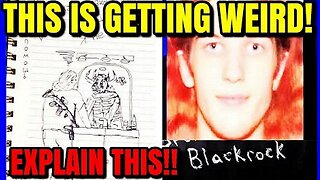 12:06
12:06
Truths Unlimited
8 hours ago'This Strange Minneapolis Video Disturbs Me' ~ by MinutesOfHorror (8.27.25)
1.02K3 -
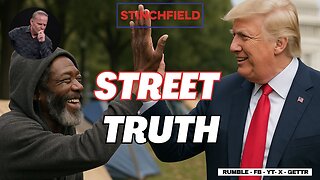 LIVE
LIVE
Grant Stinchfield
18 hours agoEven DC’s Homeless Beg for Trump’s Law & Order — While Wacky White Liberal Women Scream NO!
58 watching -
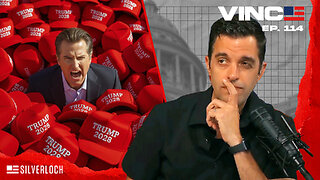 1:02:30
1:02:30
VINCE
3 hours agoGavin Newsom Is A Major Trump Fan | Episode 114 - 08/29/25
141K87 -
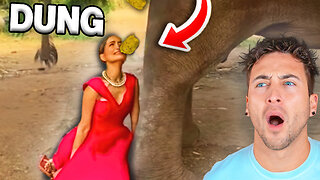 1:32:10
1:32:10
Nikko Ortiz
2 hours agoPainful Life Experiences
17.2K6 -
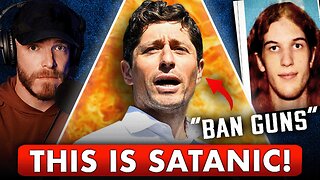 1:42:16
1:42:16
Dear America
3 hours agoThe Left Chooses TRANS Over Christianity!! WOKE Mayor Is Doubling Down!!
88.1K53 -
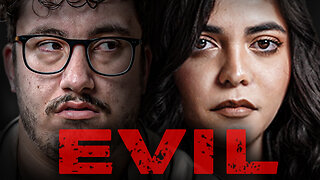 LIVE
LIVE
Caleb Hammer
1 hour agoGaslighting. Toxic. B*tch. | Financial Audit
120 watching -
 LIVE
LIVE
Viss
1 hour ago🔴LIVE - Positioning, Tactics, Strategy How To PUBG! - PUBG 101
116 watching -
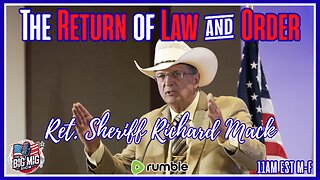 LIVE
LIVE
The Big Mig™
3 hours agoThe Return Of Law & Order w/ Sheriff Mack
5,176 watching -
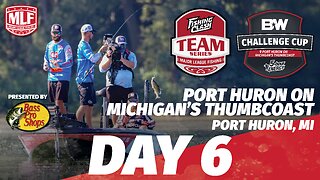 LIVE
LIVE
Major League Fishing
7 days agoLIVE! - Fishing Clash Team Series: Challenge Cup - Day 6
203 watching -
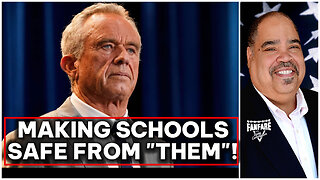 46:02
46:02
Barry Cunningham
17 hours agoWhat Are They Not Telling Us About These Drugs?
8.02K3